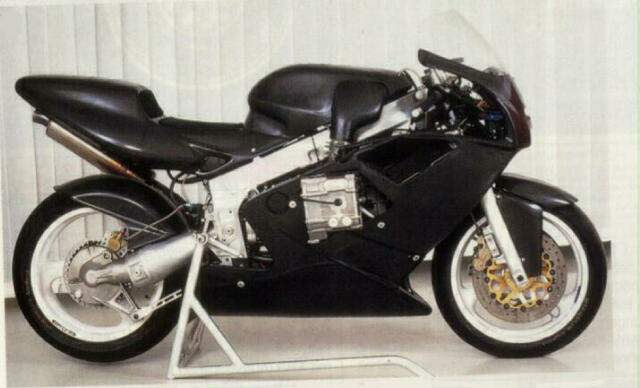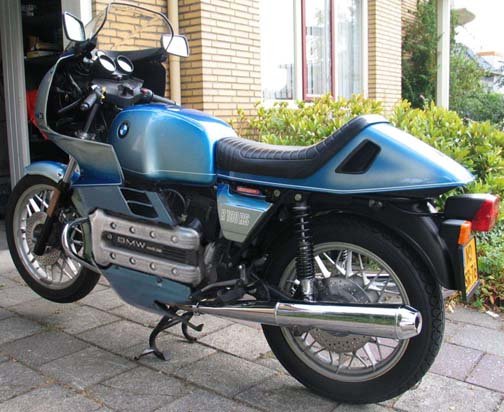O
orbitangel
Guest
Dang!
Dang! Why didn't I think of that???
They did, and we now call it the "Oilhead".
The first attempt that I know of to build a "modern R100RS" was in 1989-1992,
The research / engineering team of Georg Emmersberger (Desmodromics), Heinz Hege and Ralf Lewien
came up with this sport race-oriented prototype known as the BMW R-1:

Tech specs:
Performance: 135 -140 Hp (100 - 103 KW). max rpm 11.000
Engine: 4-stroke two-cil. boxerengine, liquid cooled.
Four valves per cyl. ; DOHC DESMODROMIC VG
Bore-stroke: 98 x 66 mm. 996 ccm.
Bosch Fuelinjection; electronic ignition, 6 gear, cardan.
Dry weight 165 kg.
the BMW R-1 engine:

Only 4 prototypes were made ÔÇô one of them ridable.
Dang! Why didn't I think of that???

 I believe we should both be satisfied now.
I believe we should both be satisfied now. 


.jpg)
.jpg)
.jpg)




